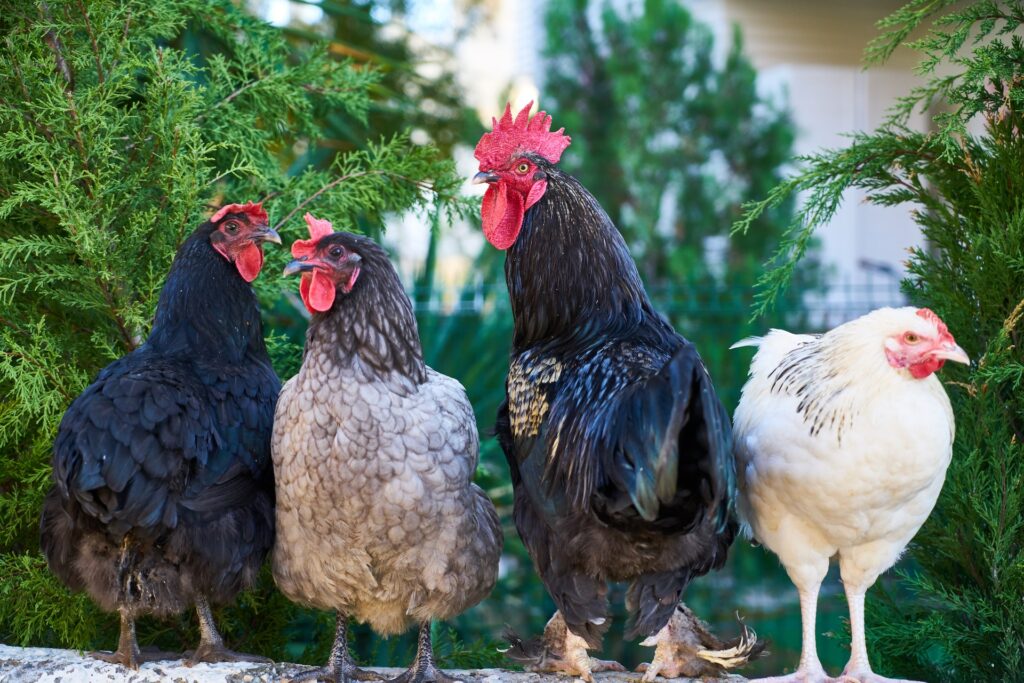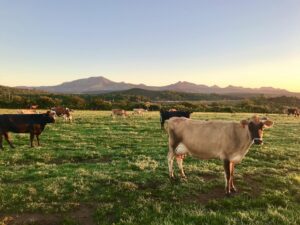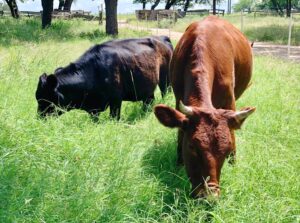Perseverance is not a long race; it is many short races one after the other.
Walter Elliott
Some call it perseverance, we call it grit.
In farming and ranching, there is always going to be loss. The challenge is maximizing returns and minimizing loss with the least amount of input required for success to realize the greatest gains. This gets emotional when it involves life–plants, trees, bees, cattle, fowl, kittens, you name it and it hurts. We’re not just talking about loss at time of harvest and processing. Those times of loss are lined with mourning but also gratitude. It is the unplanned, unexpected, gut-wrenching, emotionally and physically exhausting losses that require true grit to move beyond.
Cultivating Grit
Grit is the combination of perseverance and passion for long-term goals. Here are some ways to cultivate grit:
- Set specific and challenging goals for yourself, and make a plan for how to achieve them.
- Embrace failure as a learning opportunity and keep perspective on the big picture.
- Cultivate a growth mindset by focusing on the process rather than the outcome, and viewing challenges as opportunities for growth.
- Practice self-discipline by setting and sticking to daily routines and habits.
- Surround yourself with role models who embody grit and determination.
- Practice mental toughness by learning to manage stress and emotions.
- Stay motivated by reminding yourself of the purpose and meaning behind your goals.
- Reflect on your progress and celebrate small wins along the way.
Building Resilience
Grit also involves being resilient and adaptive–it’s important to be flexible and willing to make adjustments as you go along. Grit is not something that comes overnight, it is something that develops over time, with practice and patience.
- Embrace the grieving process: Allow yourself to mourn the loss of your livestock, crop, or whatever it may be. It is natural to feel a sense of loss and sadness. Take the time to acknowledge your emotions and give yourself permission to grieve.
- Seek support: Reach out to fellow ranchers, local communities, or support groups to share your experience and find emotional support. Connecting with others who have faced similar challenges can help you feel understood and provide valuable guidance.
- Learn from the experience: Take the opportunity to understand what led to the unexpected death of your livestock. Assess your farming practices, infrastructure, and any potential factors that may have contributed. This knowledge can help you prevent similar situations in the future.
- Adapt and strengthen your management practices: Review and improve your herd management protocols, such as animal health monitoring, nutrition, and preventive measures. Identify any weaknesses or areas where you can enhance the well-being of your livestock and make necessary adjustments.
- Enhance biosecurity measures: Evaluate and reinforce biosecurity protocols to minimize the risk of disease outbreaks or other potential threats to your livestock. Implement regular monitoring to protect the health and welfare of your animals.
- Focus on regenerative practices: Continue to prioritize regenerative agriculture and sustainable farming methods. These practices can contribute to the long-term health and resilience of your farming system. Implement techniques such as rotational grazing, cover cropping, soil conservation, and biodiversity enhancement to improve overall ecosystem health and sustainability.
- Seek professional guidance: Consult with regenerative agricultural experts, read their books, and attend conferences to gain insights into best practices for regenerative agriculture and livestock management. Their expertise can provide valuable advice tailored to your specific situation and help you make informed decisions.
- Cultivate resilience: Remember that setbacks are a part of farming and ranching. Stay resilient and maintain a positive mindset. Remind yourself of your purpose and the positive impact you are making through regenerative agriculture. Draw inspiration from your commitment to sustainable practices and the potential for a brighter future.
- Reflect and adapt: Continuously evaluate and adapt your farming practices based on lessons learned. Embrace a mindset of continuous improvement, making adjustments as needed while staying true to your regenerative and sustainable farming goals.
Remember, resilience and perseverance are key qualities for any farmer or rancher. Though the loss may be difficult to bear, use this experience as an opportunity for growth and to strengthen your commitment to regenerative agriculture.
In the long run, it is helpful to set specific, achievable goals for yourself, and to remind yourself of why you are committed to regenerative agriculture and sustainable farming, or whatever the current goal is. Surrounding yourself with a supportive community, whether that be friends, family, or fellow farmers, can also provide motivation and encouragement. Taking time for self-care, such as exercise, meditation, or a hobby, can help maintain a positive attitude and clear mind. And lastly, celebrating small wins and progress can help keep you motivated in the long run.






